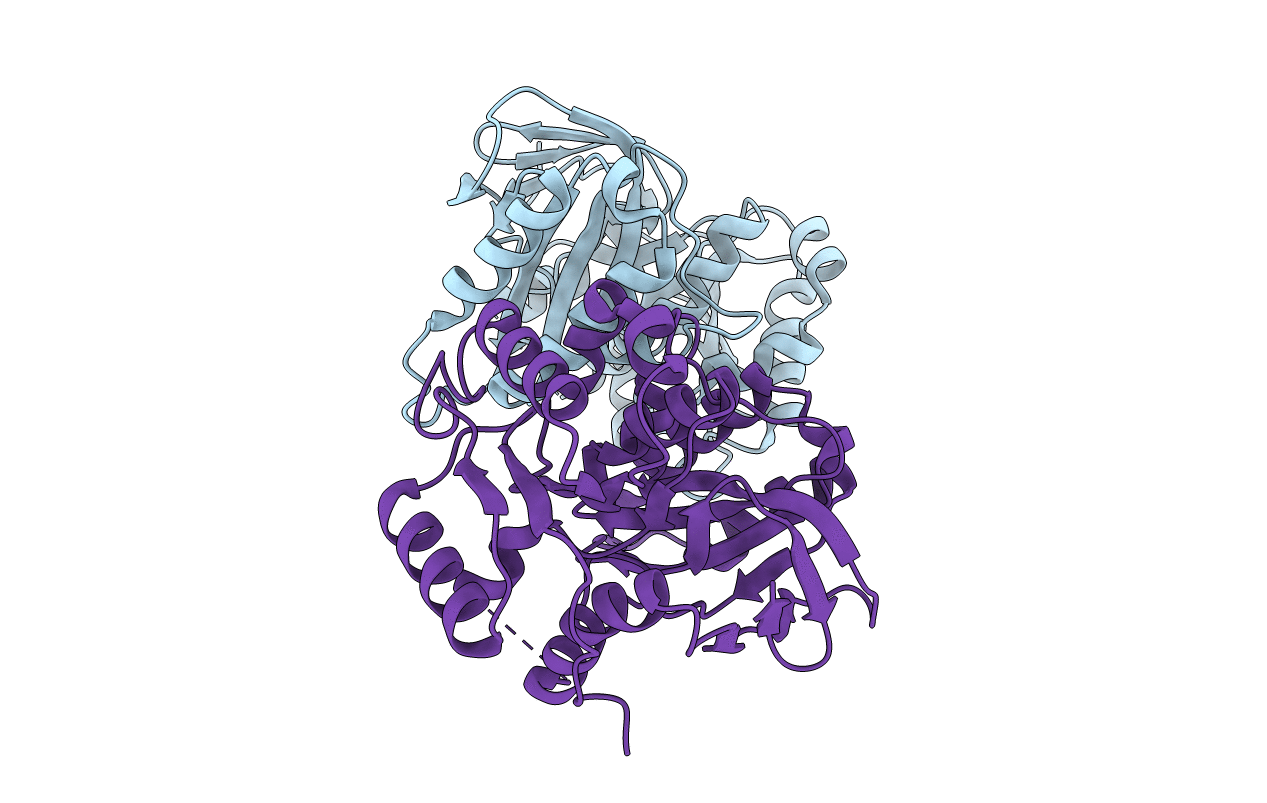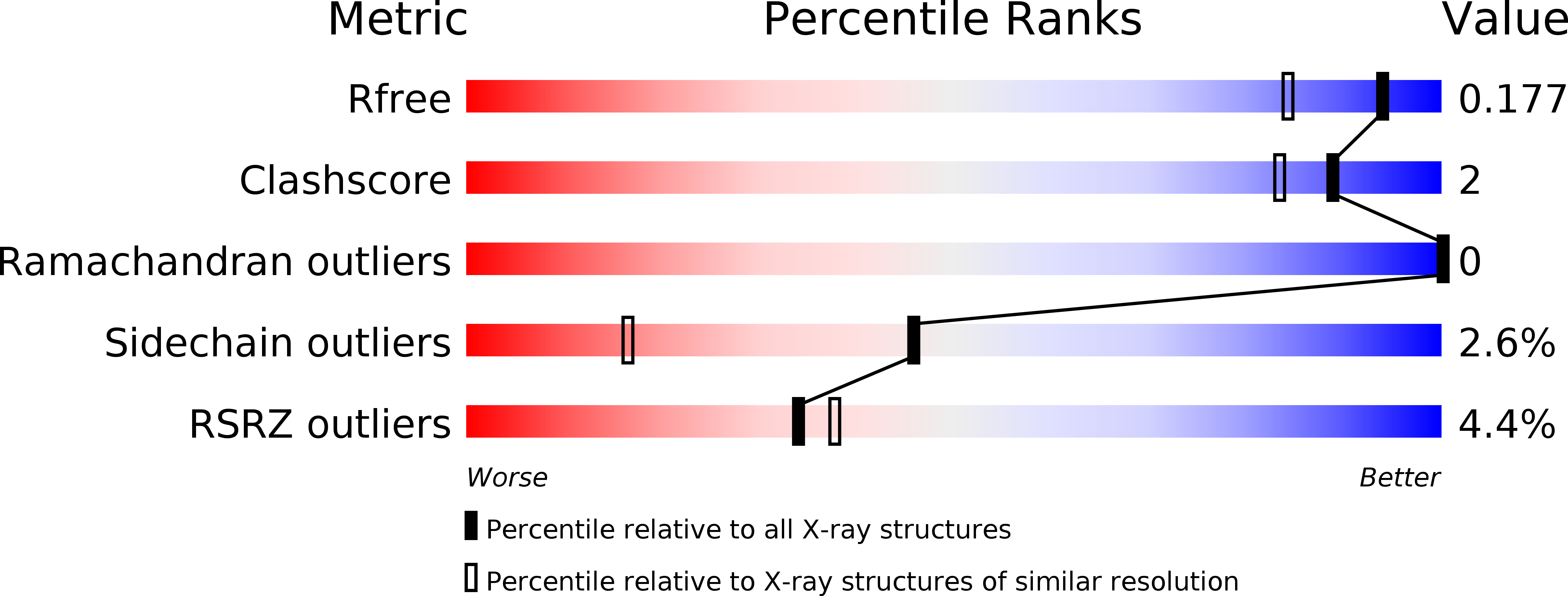
Deposition Date
2005-05-21
Release Date
2005-09-20
Last Version Date
2024-02-14
Entry Detail
Biological Source:
Source Organism:
Pseudomonas aeruginosa (Taxon ID: 287)
Host Organism:
Method Details:
Experimental Method:
Resolution:
1.50 Å
R-Value Free:
0.17
R-Value Work:
0.16
R-Value Observed:
0.16
Space Group:
P 1 21 1


